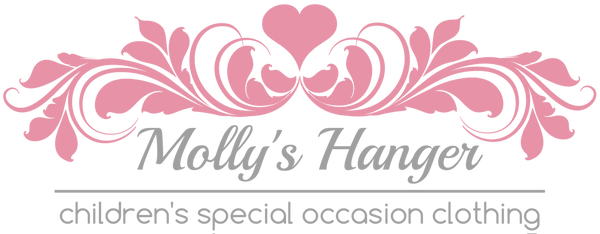How to Measure Child
 |
|
|
MEASURING INSTRUCTIONS BY MEASURING CHILD: CHEST: Starting one inch below the child’s armpit, measure around the child. Please allow 3 - 4 inches for fitting on sizes S - 4T. DRESS LENGTH: Make sure your daughter is standing up straight with her shoulders relaxed. Measure from the top of the shoulder to where the bottom of the dress should fall. Tea length dresses should be mid-calf (½ way between the knee and ankle). OUTSEAM: Make sure the child is wearing the shoes he will be wearing with the pants and is standing with feet shoulder width apart. Every child I have seen tends to look at what you are doing when you are trying to measure them – make sure they are standing up straight and looking forward. SHOULDER WIDTH: Again, child should be standing up straight – no hunching their shoulders! Measure from one end of the shoulder to the other shoulder putting the measuring tape across their back. SLEEVE LENGTH: Arms should be relaxed and hanging straight down from the shoulder – no bending of the elbows! Measure their arm from the shoulder down to just below the wrist bone. WAIST: Make sure the child is standing up straight with their feet shoulder width apart. Make sure they are standing normally and not sucking in their belly, or extending it as far out as they can. The waist should be measured just above hip bone, below the rib cage. Once you have taken these measurements from the piece of clothing, check them against the manufacturer's size chart. If the measurements correspond to more than one size, you will most likely need to select the larger size. When in doubt, it is a good idea to contact us for clarification. |
 |
|
